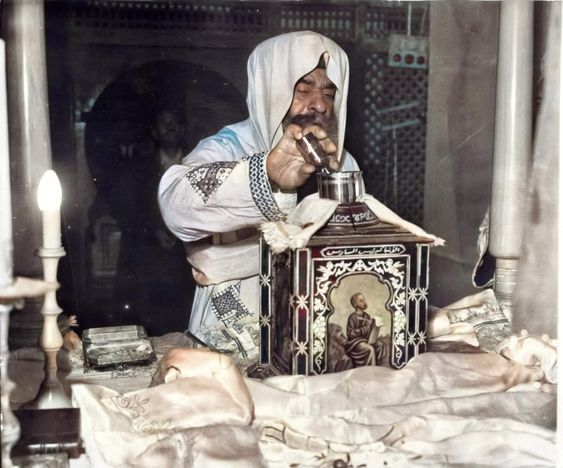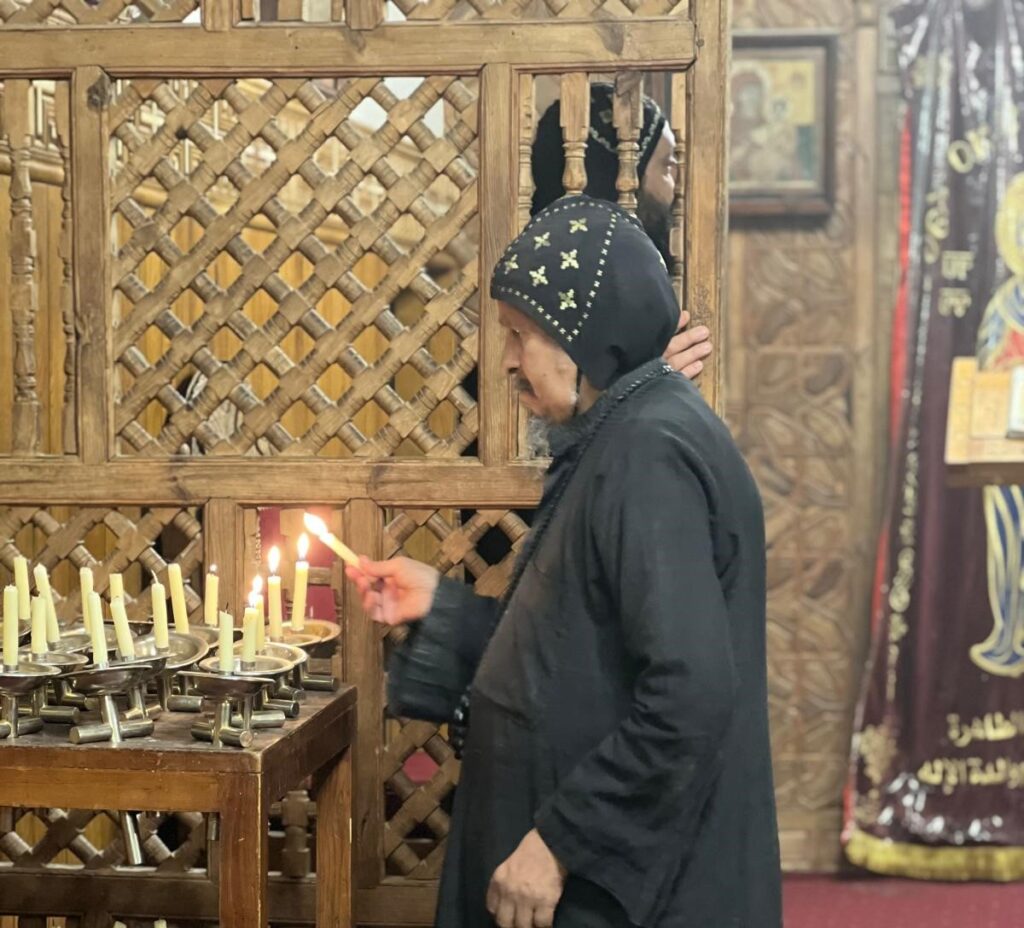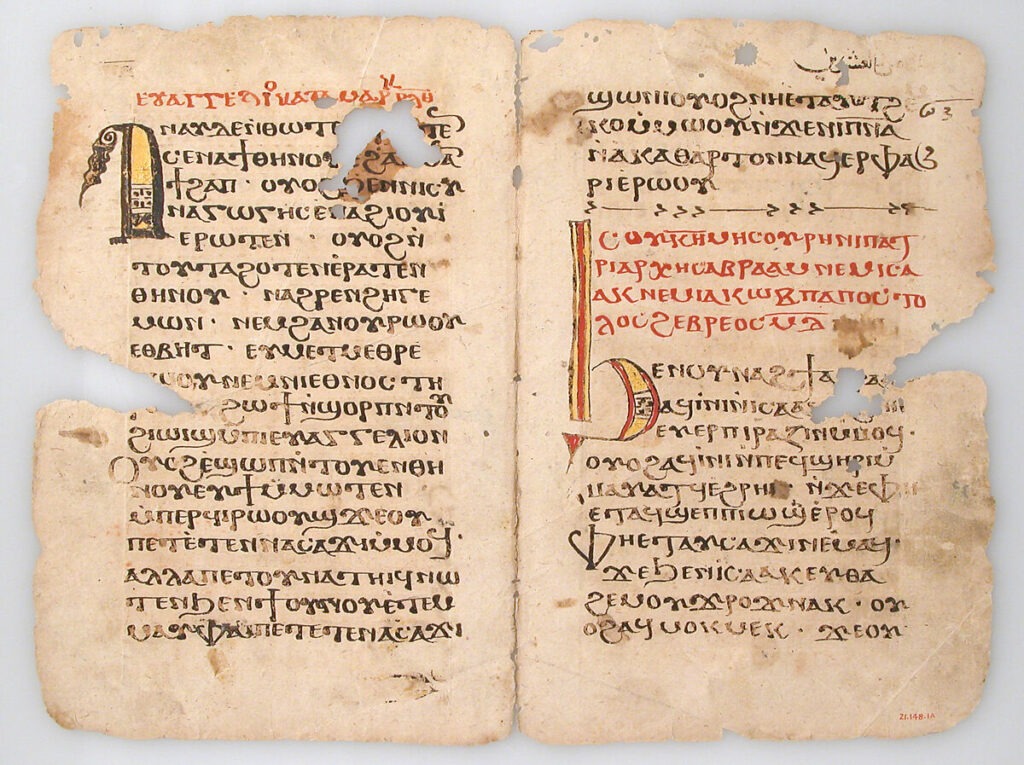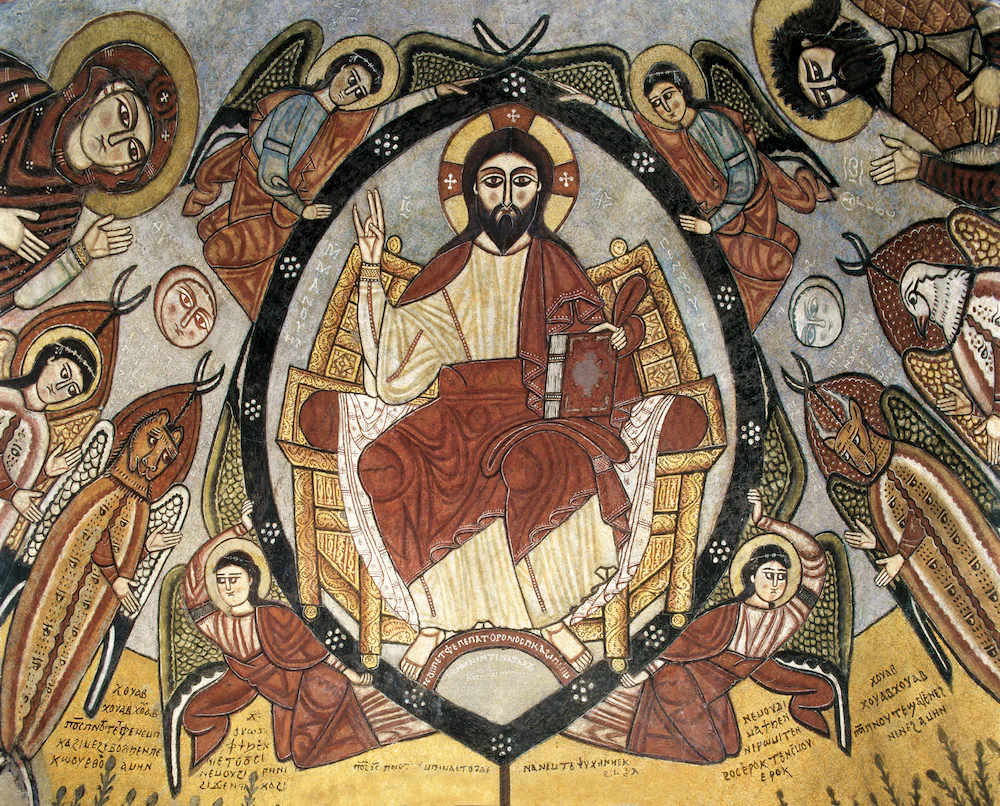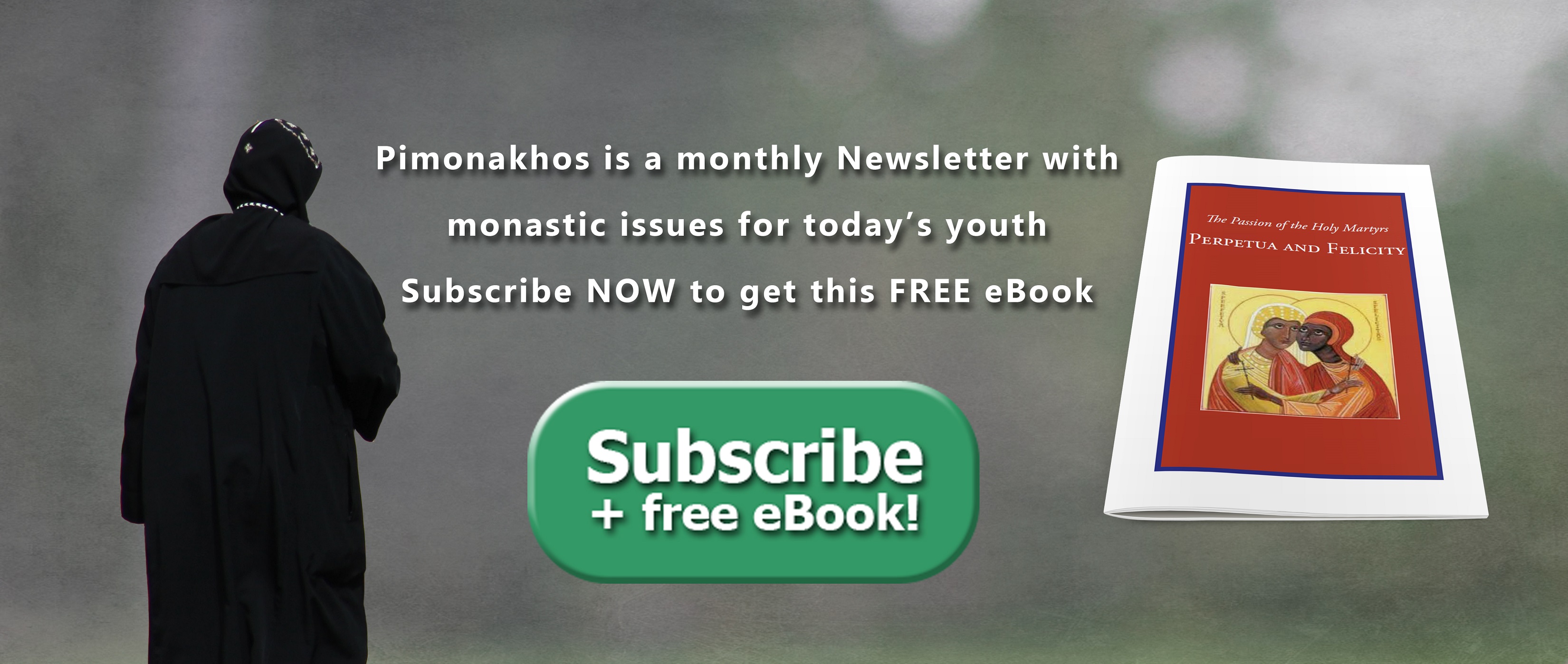Missionaries and religious travellers to Egypt were baffled by the willing long-term relocation by ascetics to the desert, which they considered dreary and lonely the desert was a lifeless landscape. The desert was simply not considered acceptable as a place for true Christian living the locations of monastic sites served only to underscore the greater …
Missionaries and religious travellers to Egypt were baffled by the willing long-term relocation by ascetics to the desert, which they considered dreary and lonely the desert was a lifeless landscape. The desert was simply not considered acceptable as a place for true Christian living the locations of monastic sites served only to underscore the greater need for Protestants to resuscitate a dying national church, one that was dark and decaying. Therefore the despair for the Coptic Church would inadvertently cultivate a perception of monasticism and its physical remains as being useless and unworthy of study. To see the mud brick monuments of Egypt’s Christian past, such as the site of Deir el Bala’ziah, standing isolated in the desertscape created despair in the missionary viewer. As possible disseminators of British and American industrialization and imperialist ideology, Anglo-American missionaries struggled to assimilate the vastness of the non-agrarian landscape into their imagined geographies of the Egyptian desert… Such opinions occur within narrations of visits to desert monasteries where missionaries were confronted by the desert and the existing monastic life at the monasteries in Wadi Natrun and by the Red Sea.
The nineteenth century has few examples of sympathetic readings of Coptic material religion, which Dunch asserts may exist and offer a more nuanced reading of cultural imperialism and its intersections with missionary activities. A description of an actual monastic visitation in the nineteenth century follows a well-employed narration of discovery in which the viewer is amazed that life exists within the austerity and deadness of the desert. The reader participates in the discovery and exploration as George W. Steevens in Egypt in 1898 describes his visit to the still active monasteries of Wadi Natrun, northwest of Cairo:
January 6.-lt stands all by itself, far out in the desert… When St Mark first came there a hundred and fifty years, men say, after the birth of their Lord – there was nothing but a few wild savages and sand. It was a long day’s journey from anywhere… It stands all alone on the slope of a low hill of sand. As you approach it you see one tree stunted, and dry, and dusty, but a living tree, a grateful wonder in the desert and a few ruined walls of the many brother monasteries that once stood beside it. Besides that, not a dwelling, not a patch of cultivation. not a beast. The face of the building you approach is a blind, worn, white wall, not a door, not a window, not an embrasure even. In the dead silence of the desert the convent seems as dead and silent as all else… The high wall was the wall, not of one building, but of a little colony: here are grey-plastered houses, brown mud cells, little white-plastered domes. Pale-green palms; here most blessed sight of all – is a deep, damp well, a tiny patch of rich green clover… The holy men had renounced the world, and left it; but they had brought with them just enough of it to live on. (Steevens 1898: 142-4)
Steevens chose his words carefully so that his readers could travel with him Into the dead desert. He equates the very building he enters with a tomb, silent and devoid of life. The landscape is of sand and bears no sign of human or animal life. It is literally abandoned land. But then, Steevens makes a literary turn to inject color to the white bleakness: a patch of “rich green clover” signals to his readers that there is the smallest piece of hope in this barren space. Steevens was at a disadvantage to understand his visit and what he observes through the voices of the Coptic monks for he confesses he had no knowledge of Arable, except to hail a “cab” and that his companion had little more. Such was the common experience of travellers who did venture into monastic settlements only to be cut off from understanding what they observed. One of the few British missionary women to be granted access to the monasteries of Wadi Natrun in 1838 was inspired by her encounter in the desert outside of the still functioning monastery of St. Bishoi. Her narrative differs little from Steevens. Prohibited from entering the monastery, she described her experience with the desertscape outside the monastery walls. She recorded for her mother in a sentiment that suggested a greater sensitivity and willingness to appreciate the positive reasons for monastic landscape: I doubt not, that if after all my wanderings are over, I am asked which were the scores of my greatest enjoyment, memory will point to this desolate spot as one of those with which my sweetest associations are linked. To gaze undisturbed on the remains of years gone by, and in the unchecked visions of fancy to concentrate all that there has passed, is the peculiar privilege of solitude: and far from the haunts of a busy world, without a human being near me whose language I could comprehend, I was this day indeed alone: and I could not look upon that trackless waste, and hear the solemn bell that pealed through the air from those isolated abodes of beings bearing the Christian name, and even then bending their knees in prayer to the Saviour of the world, and not reflect upon their origin, and how and when they became acquainted with those doctrines which, if rightly understood, and by faith received, would make them “wise unto salvation.” (Platt 1841: 274-5) Platt was conscious that she was a verbal painter seeking to capture the emotive qualities of the scene when she sketched and wrote her journal. She speaks of desiring to paint the tranquillity of the scene and highlights the same themes of the isolated and desolation of the desert. She describes the humility of the monks she imagines, but cannot see nor understand as she confesses she does not speak Arabic. Like other missionaries, she is naïve in her hope that there are similarities between her Protestant beliefs and those of the monks that she reveres. Once missionaries began to learn Arabic and understand more fully the history of the Coptic Church, the importance of monasticism, and the sacrality of icons and relics, they needed to find a way to explain the superiority of the Christianity that they taught.
(From: Material Religion Volume 8, Issue 2, pp128-153)
Join Us: Sign Up Today!
Tags:






